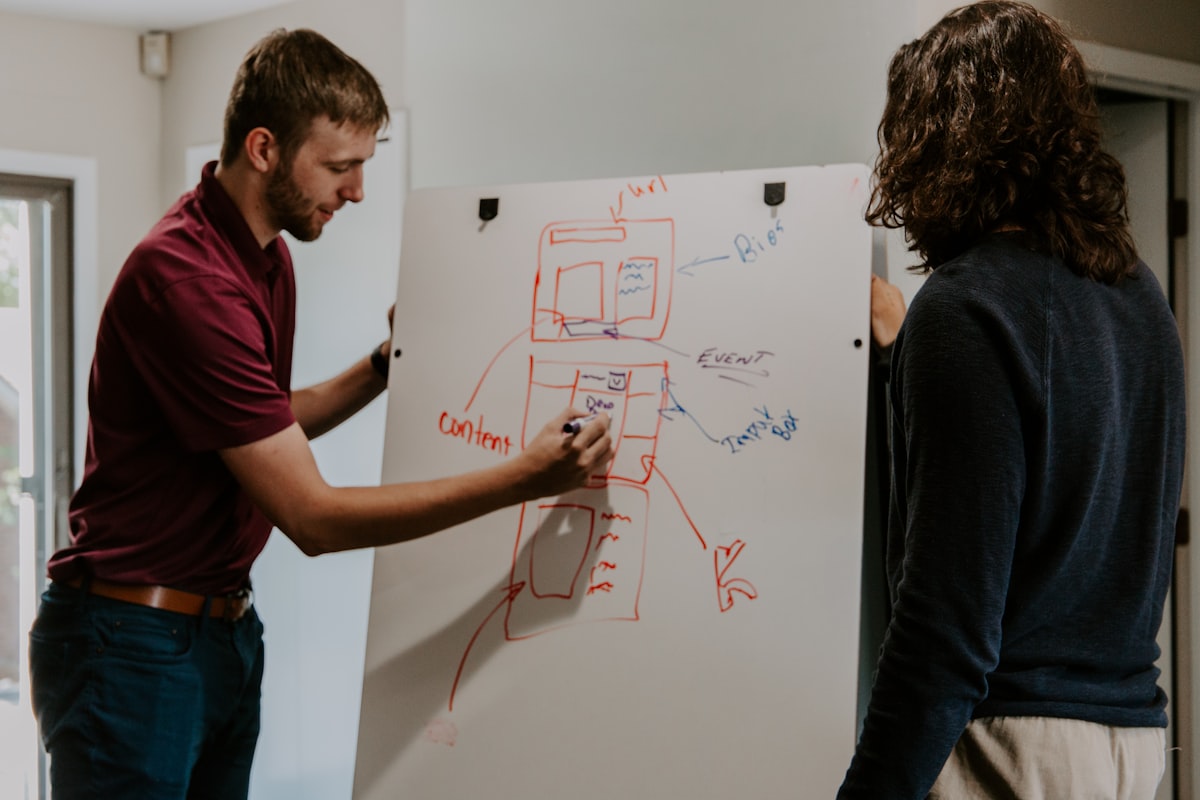NFT development: 6 fastidious steps to follow when building solidity digital agreements

A primary component in NFT development is the creation of smart contracts. Solidity smart contracts are programming codes that reside within a decentralized ledger. Smart contracts play various roles when creating a solidity NFT, such as verifying ownership information and managing transferability. Also, you create an NFT smart contract to ensure that the details kept are transparent and hard to modify. Here, we explore the steps to follow when creating a solidity contract.
Why are smart contracts essential in NFT development?
An ordinary agreement specifies the details of the contract, such as payment terms between parties. In non-fungible tokens, this responsibility is carried out by the erc721 smart contract. A solidity contract is a self-executing agreement that activates when parties meet the predetermined conditions. Here are the primary roles of smart contracts in solidity development:
- Ownership verification: incorporating smart contracts in NFT development helps to verify the ownership of a specific NFT. The agreements make it hard to counterfeit an NFT.
- Removal of intermediaries from a transaction: once you create an NFT smart contract and introduce it to the blockchain environment, you remove the need for third parties from your transaction. Eliminating intermediaries from your transaction minimizes scamming risks and reduces the trade cost.
- Hassle-free transaction: the settlement process is smooth since there's less paperwork. Also, transferring a solidity NFT is quick once all parties fulfill the conditions of a contract.
- Authentication of the transaction: Solidity smart contracts validate the settlement between parties. This is possible since the network allows the storing and keeping a blockchain ledger as proof of the agreement.
- Retain the uniqueness of an NFT: integrating the erc721 smart contract in NFT development ensures that your NFTs are one-of-a-kind. The contracts enhance the rarity of your digital collections, making them more valuable.
Steps of creating Solidity smart contracts
Now that you know the significance of smart contracts in NFT development, the next move is to explore the steps to follow when developing a solidity contract.
1. Metamask installation
MetaMask behaves as an Eth web directory and a solidity crypto storage app. It enables you to relate with solidity contract examples and decentralized applications (dApps). So, you avoid downloading the decentralized ledger or implementing any software at this stage.
Before you start creating an erc721 smart contract, it’s critical to download a MetaMask extension.
2. Develop a storage application at MetaMask
Once you install MetaMask in your chrome gateway, you should activate it. You can then click on the ‘Create Wallet’ tab to see the terms and conditions of the solutions. By clicking ‘Agree’ after reading the T&C, you can proceed and form a password.
Once you create your password, you’ll receive a confidential alternative catchphrase used for returning the account in case of a mishap. It would help if you never exposed this phrase to anybody as they can easily steal your assets.
After developing your MetaMask wallet, you should proceed to the ‘Main Ethereum Network.' At this point, you're ready to start your solidity development.
3. Choose a test network.
MetaMask has various test networks, such as Robsten, Rinkeby, and Kovan. So, you should choose one of them to facilitate the testing of your solution.
4. Add mock Ethers to your storage app.
When you want to test your solidity contract, you must have some mock ethers in your MetaMask storage app. For instance, if you wish to test your agreement using the Rinkeby test network, choose it, and you'll see 0 Eth as the balance in your account. You can add mock ethers by clicking the 'Deposit' and 'Get Ether' buttons. You can perform these actions under the Test Faucet.
Once you request one ether from the faucet, you’ll receive it in your storage app. The amount of ethers you can add to your account depends on the number of tests you want to perform.
You can start crafting your digital contracts after adding mock ethers to your wallet. Developers use the Solidity programming language to create their Solidity smart contracts.
5. Use Remix Browser to craft the Solidity contracts.
When writing Solidity smart contracts, Remix Browser is the best tool to use. The device has multiple features to help developers in writing Solidity agreements. Some Remix features include:
- Alerts: the feature gives various warnings like gas expenses and harmful codes.
- Syntax and highlighting of mistakes: you can quickly know the issues in syntax and errors that occur in your smart contract development.
- Static analysis: it helps you to evaluate the Solidity source code for vulnerability issues.
6. Deploy your digital agreement
After testing the contracts and removing any development bugs, the next step is to deploy them on the Ethereum network.
Conclusion
Smart contracts play a critical role in NFT development. For example, the contracts verify the authenticity of the NFT and help to remove intermediaries from a transaction. Developing digital agreements is a technical field that requires the help of an experienced NFT development agency. Here, we've explored the primary steps when creating Solidity smart contracts.




